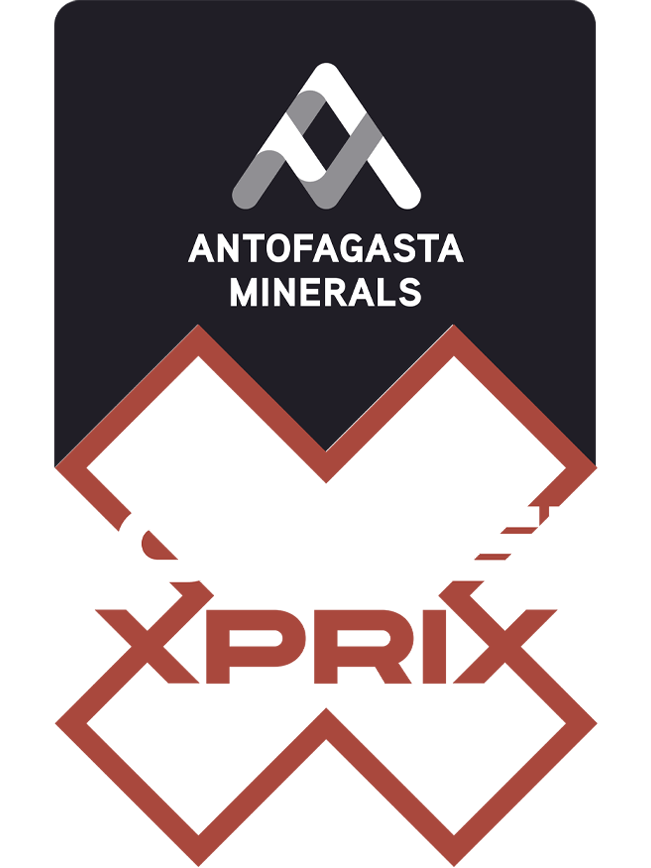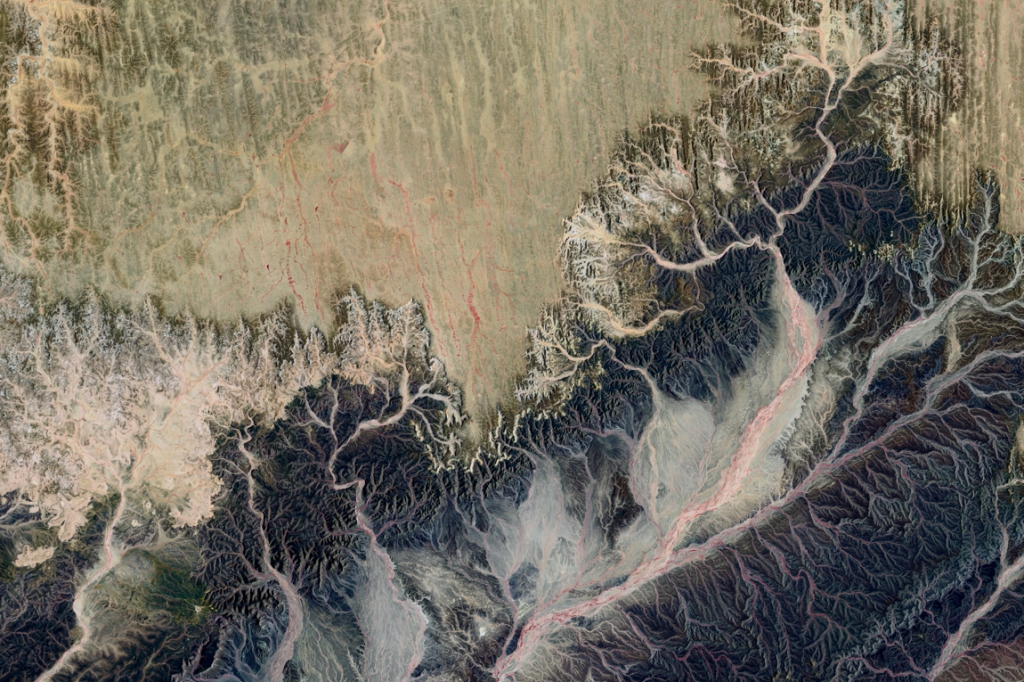-
antofagasta, chile
2-3 dec 2023population 18.43mil
timezone utc -3
AVG. TEMP (year) 18.1°C
AVG. SUNLIGHT (day) 12hrs
AVG. RAINFALL (year) 1mm
issue facing biodiversity loss, water scarcity
-
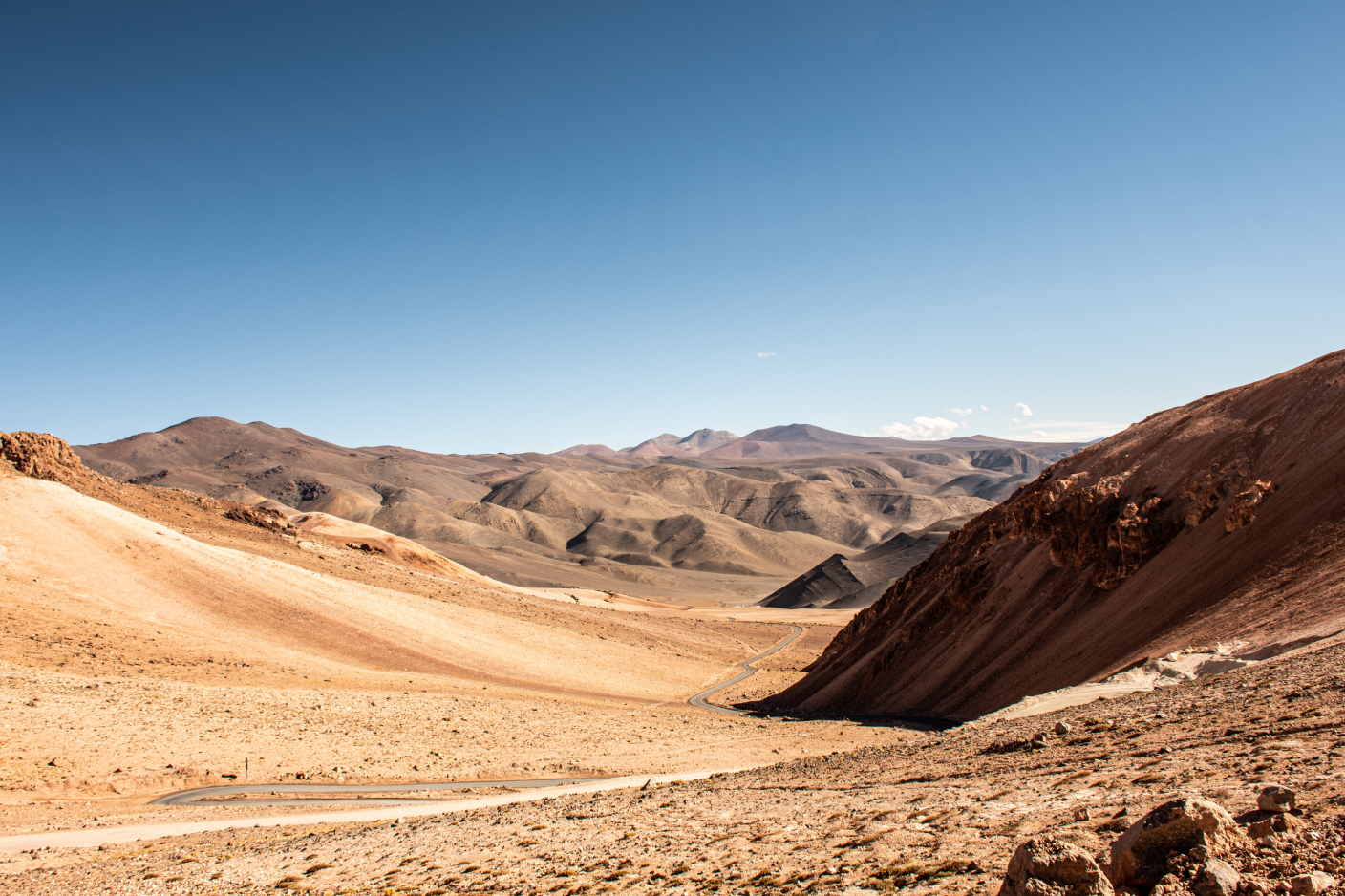
In a thrilling conclusion to the 2023 season, Extreme E returns to its inaugural South American venue in the stunning landscapes of Antofagasta, Chile, for the highly anticipated Antofagasta Minerals Copper X Prix.
With the excitment of last year's racing still resonating, Extreme E's second voyage promises to be the crowning jewel of another intensely competitive year.
-
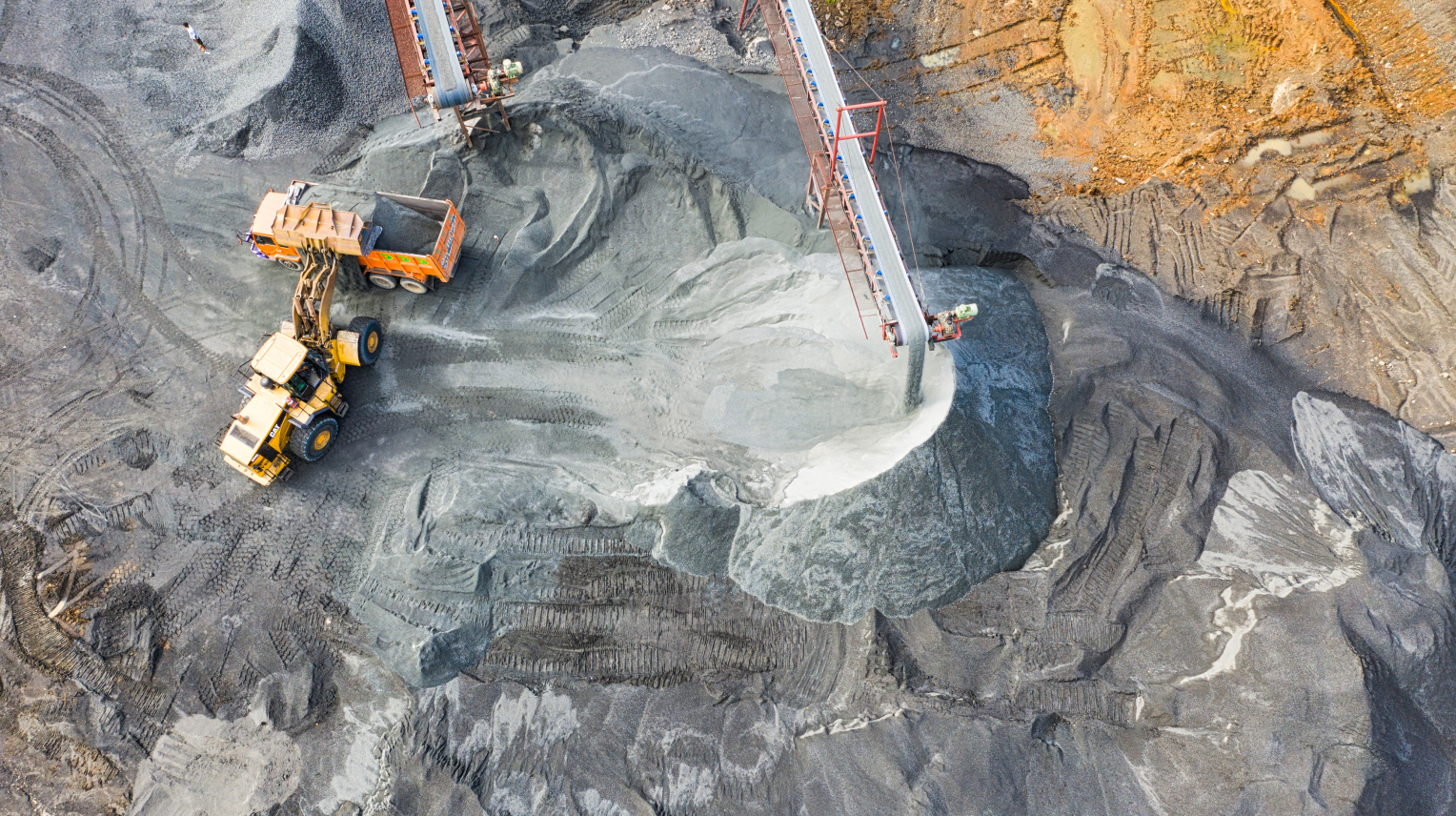
The purpose of Extreme E is to use electric motorsport to raise awareness of climate change and highlight the advantages of low carbon vehicles.
Extreme E's hosts for the Antofagasta Minerals Copper X Prix, Antofagasta Minerals and its Centinela operation, are on a similar mission - particularly, in the mining sector. Their innovative, sustainable and inclusive methods are transforming the industry in order to create real change and more of a sustainable future for mining.
-
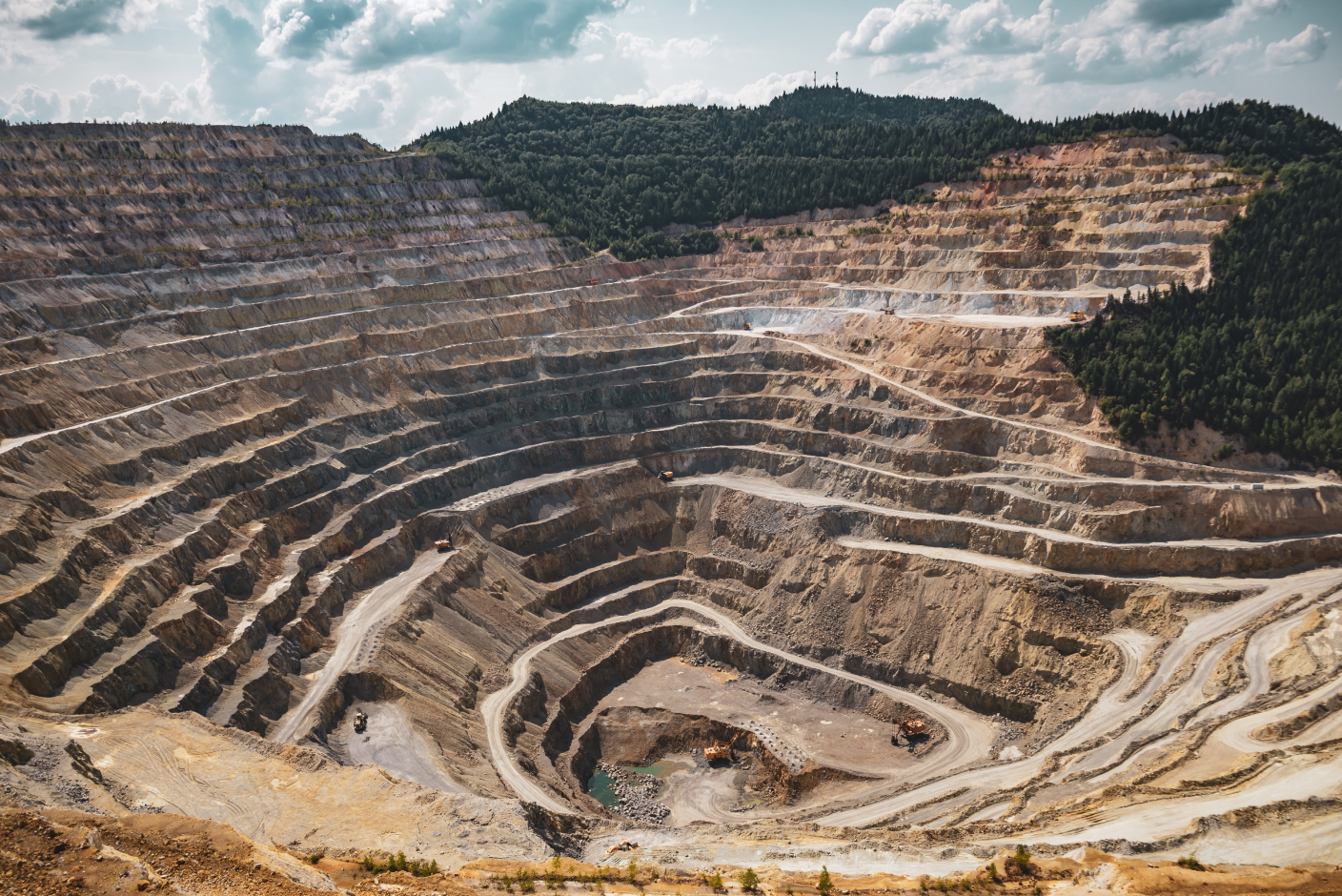
LOCAL ENVIRONMENT
Despite the extreme aridity and limited biodiversity, Chile as a country is home to over 5,100 species, of which 2,500 are endemic. An endemic species is a species of plant, animal, or other organism that is native and unique to a specific geographic area or region and is found nowhere else on Earth. This showcases the importance of conservation in this unique ecosystem - preserving the unique flora and fauna is paramount.
In addition to the unique biodiversity, the city of Antofagasta has deep ties to mining. Initially centered on copper mining since the mid-19th century, it's now shifting its practices towards innovation and sustainability. Extreme E's race location, Calama, is situated in the arid Atacama desert and boasts close proximity to three of the world's largest copper mines.
-
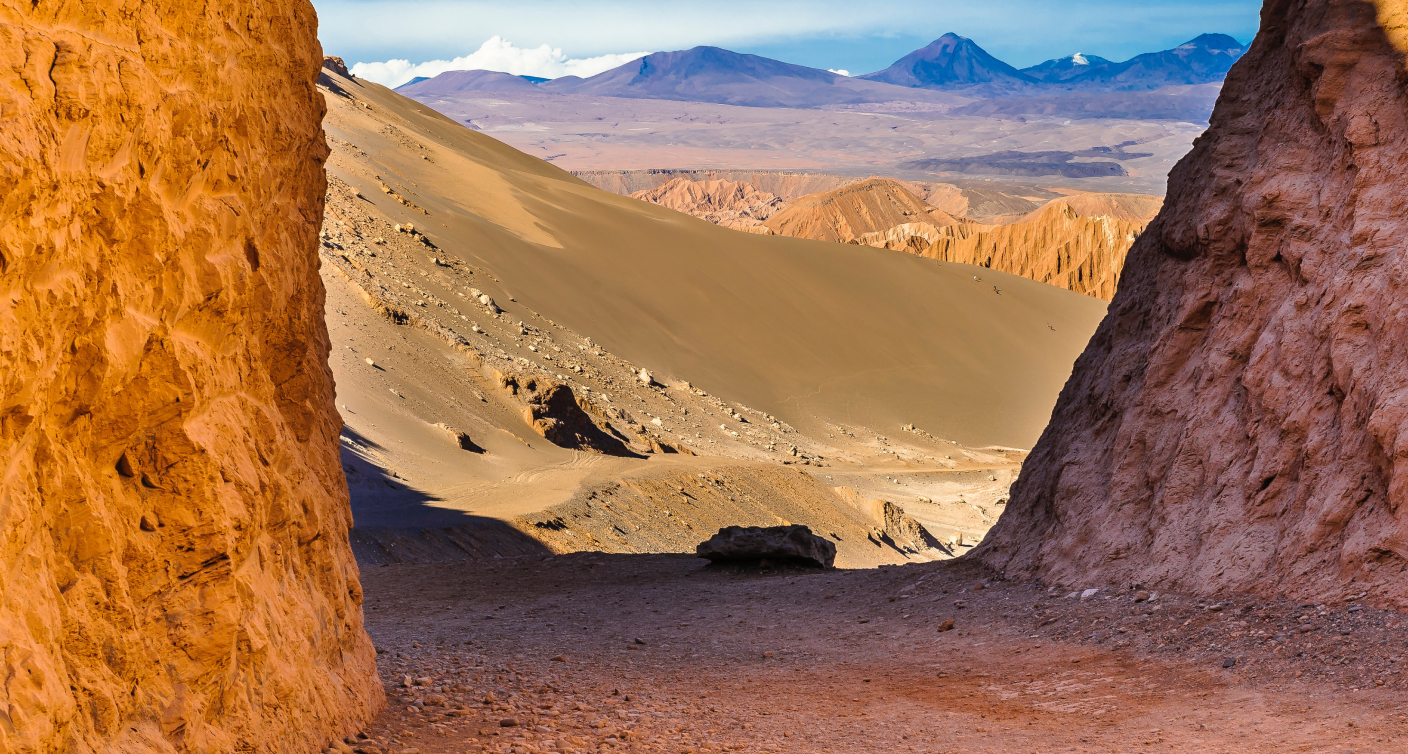
Racing conditions
The location offers a blank canvas for the course design, which features a dynamic blend of fast, open corners, sharp turns, and lengthy straights. Each team can expect thrilling elevation shifts, exhilarating jumps, and daring step-downs around the four-lap race. The terrain is predominantly soft earth with scattered rocks of various sizes, incorporating sandy sections and smaller rocky areas.
Given the increased altitude, the pre-race course walk in the days leading up to the event becomes a crucial preparation step for drivers, ensuring they are fully prepared before taking the wheel of the high-performance all-electric ODYSSEY 21.
-
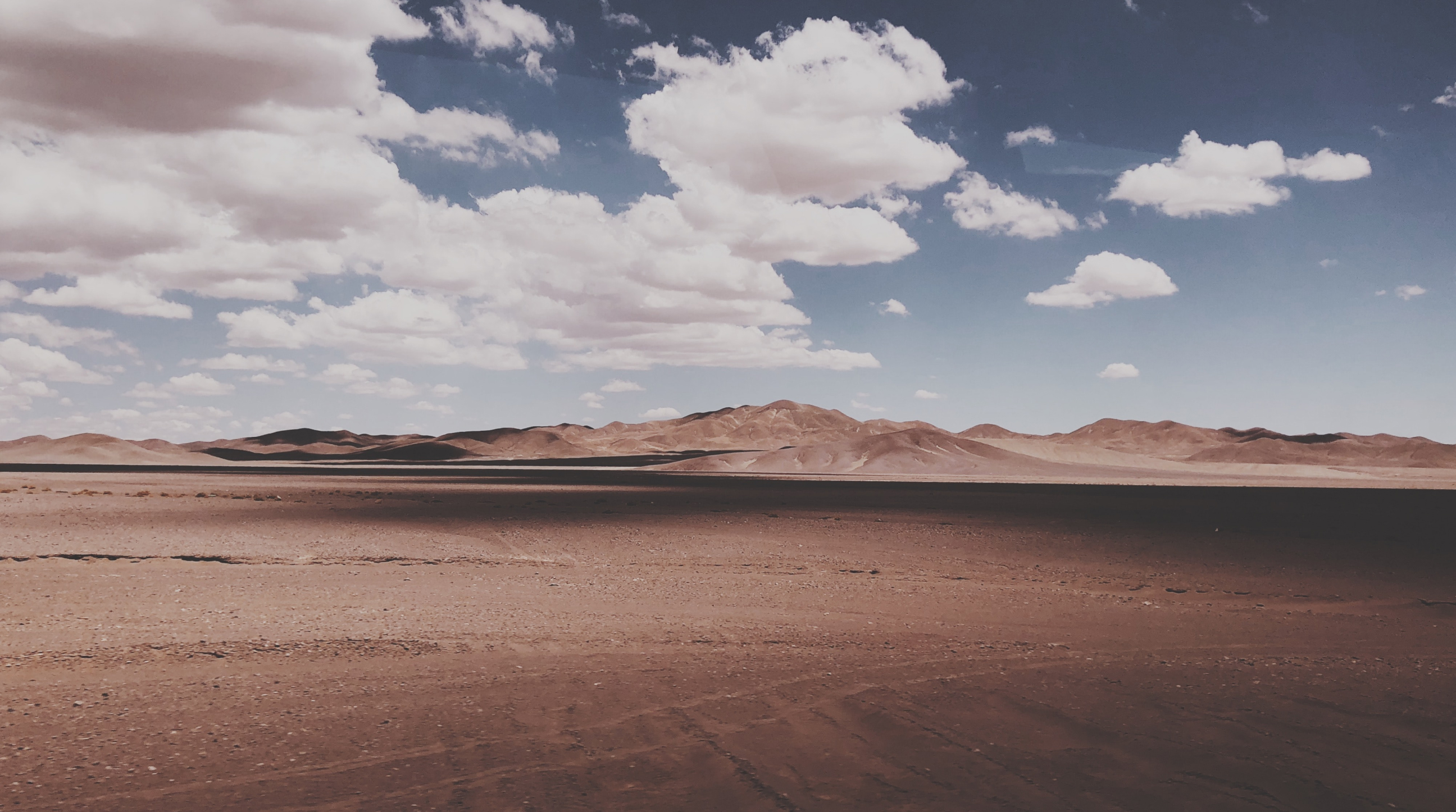
OUR LEGACY PROJECT IN CHILE
Set against the backdrop of the immense Centinela Mine in Calama, the Antofagasta Minerals Copper X Prix epitomises the commitment to developing mining for a better future. Antofagasta Minerals is taking decisive steps to proactively address and alleviate the impact of climate change on their operations and the surrounding regions.
More details on our latest legacy project in Chile will be announced soon.
